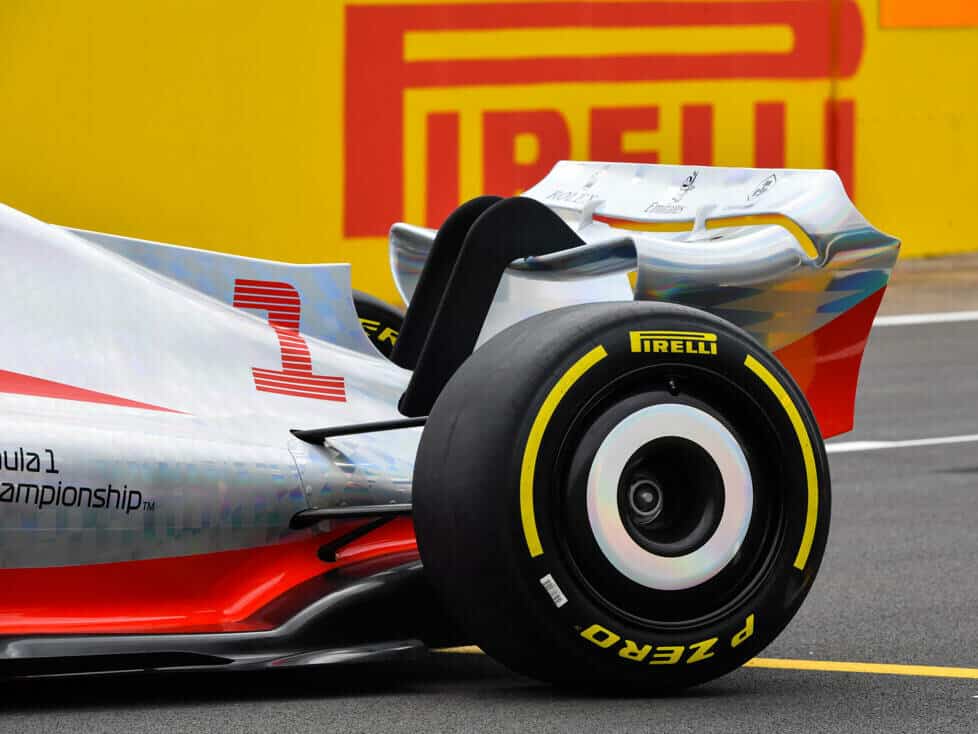For many years, the wheelbase has been a big topic in Formula 1: this will not change in 2022, even if the rules impose some restrictions
The wheelbase has been a topic of conversation in Formula 1 for many years, due to the contrast between the Mercedes philosophy of a long wheelbase with a low rake car and the Red Bull philosophy of a short wheelbase with a high rake car.
While the new Formula 1 regulations for 2022 will prevent the gap between the two axles from widening even further, it will not completely eliminate the differences between the teams.
The decisive factor now is that the position of the front axle will be redefined. As it cannot be more than 100 millimetres behind the leading edge of the chassis, teams still have some leeway to make positional decisions that can have both mechanical and aerodynamic implications.
This means that teams could again make more subtle changes to the wheelbase – as we have seen many times in the past in the quest for more power.
As a look at the past shows, this is a theme that runs throughout the history of Formula 1.
In 1975, Ferrari made some changes to the 312T at the French Grand Prix and later at the non-championship race in Switzerland.
It was all about extra power, both mechanically through the increased wheelbase which translated into extra set-up potential or tyre performance, and through the revised aerodynamics where the front wing was further away from the chassis.
Interestingly, the change was never driven, only tested, but it shows how far the team was willing to go to investigate the effects.
Testing this exaggerated wheelbase, which lengthened the 312T by nearly 18 inches, also set the levers in motion for its successor, as the 1976 312T2 had an extended wheelbase by about four to five inches.
The tests used in 1975 led the team to install a complicated magnesium frame in front of the chassis bulkhead, which allowed the entire suspension to be repositioned.
The front arm of the wishbones was placed parallel to the chassis instead of being angled backwards as in the conventional design, and changes also had to be made to the anti-roll bar.
As a result of these measures, not only was the front wing moved forward, but its design was also changed: An angled trailing edge was used and a teardrop-shaped end plate was preferred. The bodywork around the suspension also had to be adapted to fit the different suspension characteristics.
However, this is not the only time teams have made this type of wheelbase change, as both McLaren and Lotus have more modern examples to offer.
In 2009, McLaren introduced a shorter wheelbase for the MP4-24 and made extensive changes to the design of the sidepods, underbody and diffuser to follow the lead of other cars.
Lotus, on the other hand, went in the opposite direction to create a different relationship between the airflow generated by the nose and front wing and the centre of the car.
They wanted to regain some of the performance that had been lost when the sport reverted to the previous year’s tyre design.





